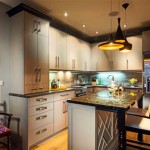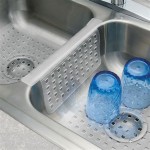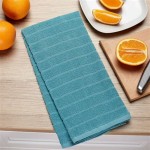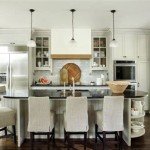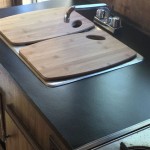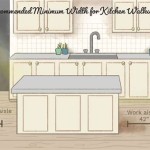Wainscoting is a type of decorative wall covering that is typically used to add architectural detail and texture to a room. It’s particularly popular in kitchens, where it can add a touch of classic charm and visual interest. Here’s a look at how wainscoting can add to your kitchen, and the various types of wainscoting that are available to choose from.
Types of Wainscoting
Wainscoting is typically made of wood, although it can also be made of other materials such as PVC, MDF, and plaster. The most popular type of wainscoting is the traditional style, which is made of solid wood panels and typically features a beveled or recessed edge. Other types of wainscoting include beadboard, tongue and groove, and raised panels. Each of these styles has its own unique look and feel, and can be used to create a variety of different looks in your kitchen.
Benefits of Wainscoting In Kitchens
One of the primary benefits of wainscoting in kitchens is that it can add a touch of classic charm to the space. Wainscoting is a classic style that has been used for centuries, and can instantly add a sense of warmth and character to your kitchen. In addition, wainscoting can also be used to cover up any imperfections in the walls, such as cracks and dents. This makes it a great option for those who want to spruce up their kitchen without the hassle of major renovations.
How To Choose The Right Wainscoting For Your Kitchen
When it comes to choosing the right wainscoting for your kitchen, there are several factors to consider. First, you’ll want to think about the style of your kitchen and the overall look you’re trying to achieve. You’ll also want to determine the size of the space you’re working with, as this will affect the size and style of wainscoting you choose. Finally, consider the materials you’ll use for your wainscoting, as this can have a major impact on the overall look of your kitchen.
Tips For Installing Wainscoting In Your Kitchen
Installing wainscoting in your kitchen can be a relatively simple process, but there are a few tips to keep in mind to ensure the best possible results. First, make sure to measure the space accurately before you begin, as you’ll want to be sure that the wainscoting fits perfectly. Additionally, use high-quality tools and materials, as this will help ensure a professional-looking finish. Finally, make sure to read the instructions carefully, as this can help you avoid any potential problems.















Related Posts

